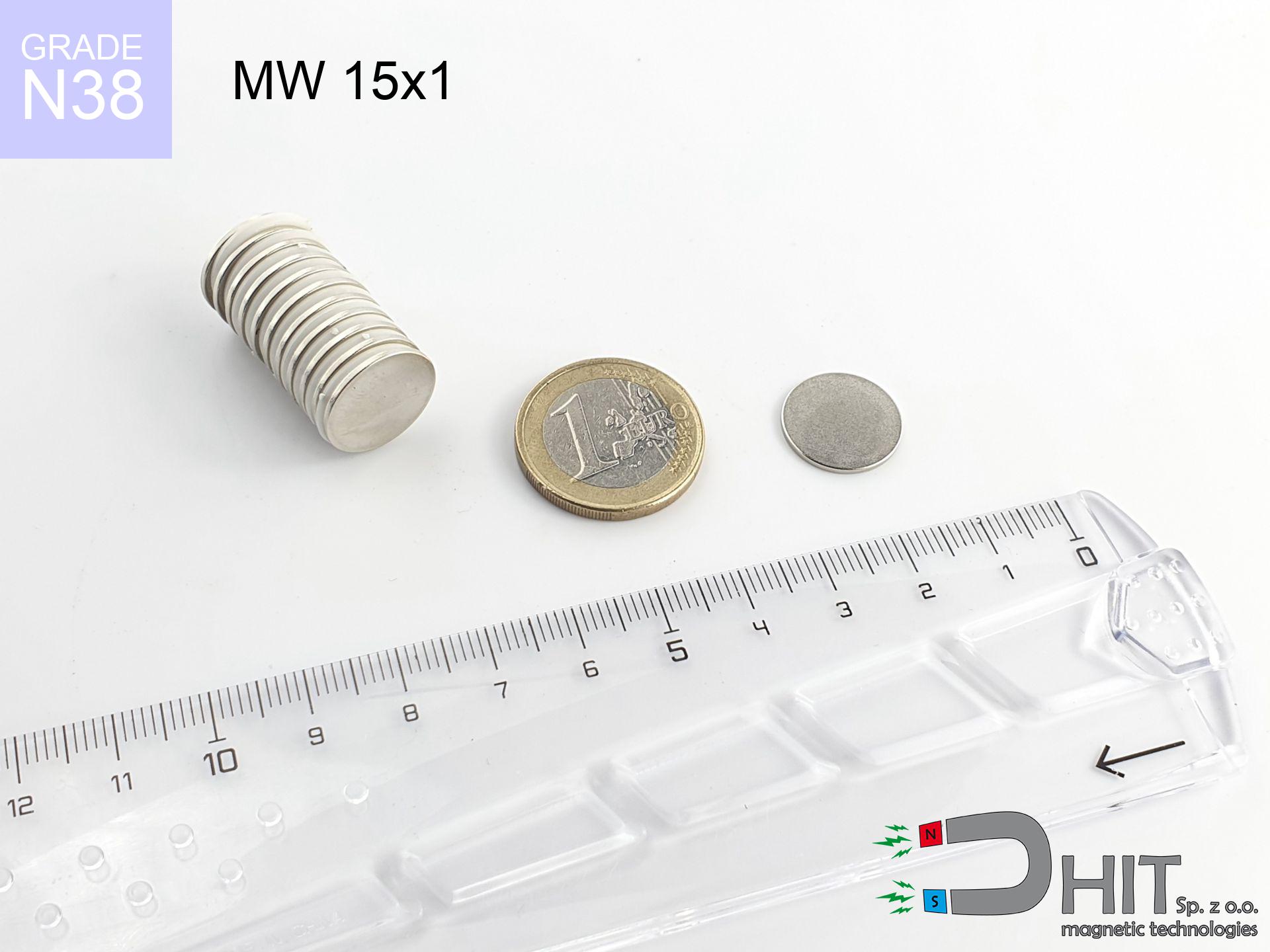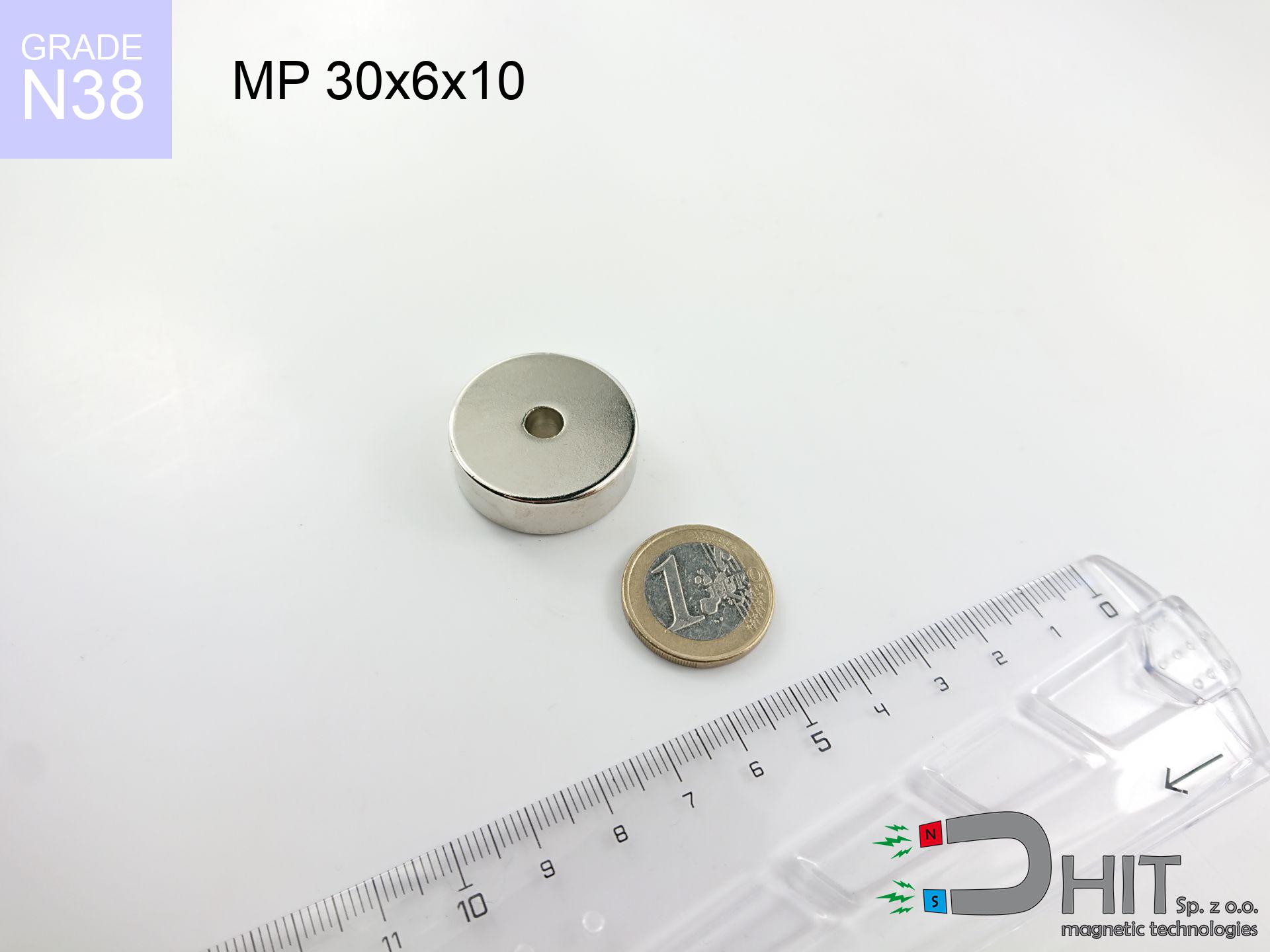SM 25x100 [2xM8] / N52 - magnetic roller
magnetic separator
catalog number 130366
GTIN: 5906301813149
diameter Ø
25
mm [±0,1 mm]
height
100
mm [±0,1 mm]
max. temperature
≤ 80
°C
catalog number 130366
GTIN: 5906301813149
diameter Ø
25 mm [±0,1 mm]
height
100 mm [±0,1 mm]
max. temperature
≤ 80 °C
319.80 ZŁ gross price (including VAT) / pcs +
260.00 ZŁ net price + 23% VAT / pcs
bulk discounts:
need more quantity?Want to talk about magnets?
Give us a call tel: +48 22 499 98 98 or write through form on the contact page. You can check the mass as well as the appearance of magnet in our magnetic mass calculator magnetic mass calculator
Orders placed by 2:00 PM will be shipped on the same business day.
Specification: magnetic separator 25x100 [2xM8] / N52
Magnetic properties of the material N52
Physical properties of sintered neodymium magnets Nd2Fe14B
Compilation of suggested goods
Advantages and disadvantages of neodymium magnets NdFeB.
Apart from immense strength, neodymium magnets have the following advantages:
- They do not lose power over time - after approximately 10 years, their power decreases by only ~1% (theoretically),
- They protect against demagnetization caused by external magnetic sources very well,
- In other words, thanks to the shiny coating of nickel, gold, or silver, the element acquires an aesthetic appearance,
- They possess very high magnetic induction on the surface of the magnet,
- Thanks to their high temperature resistance, they can operate (depending on the form) even at temperatures up to 230°C and above...
- Due to the option of accurate forming and adaptation to individual needs – neodymium magnets can be produced in many variants of shapes and sizes, which expands the range of their possible uses.
- Wide application in modern technologies – find application in hard drives, electric drive mechanisms, medical equipment and other highly developed apparatuses.
Disadvantages of neodymium magnets:
- They can break when subjected to a strong impact. If the magnets are exposed to impacts, we recommend using magnets in a steel housing. The steel housing in the form of a holder protects the magnet from impacts and at the same time increases its overall strength,
- High temperatures can reduce the power of neodymium magnets. Typically, after heating above 80°C, most of them experience a permanent reduction in strength (although it is dependent on the shape and size). To prevent this, we offer special magnets marked with the symbol [AH], which are highly resistant to high temperatures. They can operate even at temperatures up to 230°C, making them an ideal solution for applications requiring high-temperature operation,
- They rust in a humid environment. For outdoor use, we recommend using waterproof magnets, such as those made of rubber or plastic,
- Limited ability to create threads or complex shapes in the magnet - the use of a housing is recommended - magnetic holder
- Possible danger arising from small pieces of magnets are risky, in case of ingestion, which is crucial in the aspect of protecting young children. Additionally, tiny parts of these products can hinder the diagnostic process after entering the body.
Exercise Caution with Neodymium Magnets
Magnets made of neodymium are delicate as well as can easily crack and shatter.
In the event of a collision between two neodymium magnets, it can result in them getting chipped. Despite being made of metal and coated with a shiny nickel plating, they are not as hard as steel. At the moment of connection between the magnets, small sharp metal pieces can be propelled in various directions at high speed. Eye protection is recommended.
Keep neodymium magnets away from the wallet, computer, and TV.
Strong magnetic fields emitted by neodymium magnets can damage magnetic storage media such as floppy disks, credit cards, magnetic ID cards, cassette tapes, video tapes, or other devices. They can also damage televisions, VCRs, computer monitors, and CRT displays. You should especially avoid placing neodymium magnets near electronic devices.
Do not give neodymium magnets to children.
Not all neodymium magnets are toys, so do not let children play with them. In such a situation, surgery is necessary to remove them. In the worst case scenario, it can result in death.
The magnet coating is made of nickel, so be cautious if you have an allergy.
Studies clearly indicate a small percentage of people who suffer from metal allergies such as nickel. An allergic reaction often manifests as skin redness and rash. If you have a nickel allergy, you can try wearing gloves or simply avoid direct contact with nickel-plated neodymium magnets.
Neodymium magnets are over 10 times stronger than ferrite magnets (the ones in speakers), and their strength can shock you.
Please review the information on how to handle neodymium magnets and avoid significant harm to your body, as well as prevent unintentional disruption to the magnets.
Dust and powder from neodymium magnets are flammable.
Do not attempt to drill into neodymium magnets. Mechanical processing is also not recommended. Once crushed into fine powder or dust, this material becomes highly flammable.
Keep neodymium magnets as far away as possible from GPS and smartphones.
Intense magnetic fields generated by neodymium magnets interfere with compasses and magnetometers used in navigation, as well as internal compasses of smartphones and GPS devices.
Neodymium magnets should not be near people with pacemakers.
Neodymium magnets generate very strong magnetic fields that can interfere with the operation of a pacemaker. This is because many of these devices are equipped with a function that deactivates the device in a magnetic field.
It is crucial not to allow the magnets to pinch together uncontrollably or place your fingers in their path as they attract to each other.
If you have a finger between or alternatively on the path of attracting magnets, there may be a severe cut or a fracture.
Neodymium magnets can demagnetize at high temperatures.
Although magnets have demonstrated their effectiveness up to 80°C or 175°F, the temperature can vary depending on the type, shape, and intended use of the specific magnet.
Please see the article - What danger lies in neodymium magnets? You will learn how to handle them properly.

![SM 25x100 [2xM8] / N52 - magnetic roller SM 25x100 [2xM8] / N52 - magnetic roller](https://cdn3.dhit.pl/graphics/products/sm-25x100-2xm8-fin.jpg)



![magnetic holder internal thread 20x15x7 [M4] GW / N38 magnetic holder internal thread 20x15x7 [M4] GW / N38](https://cdn3.dhit.pl/graphics/products/um-20x15x7-m4-gw-big.jpg)

